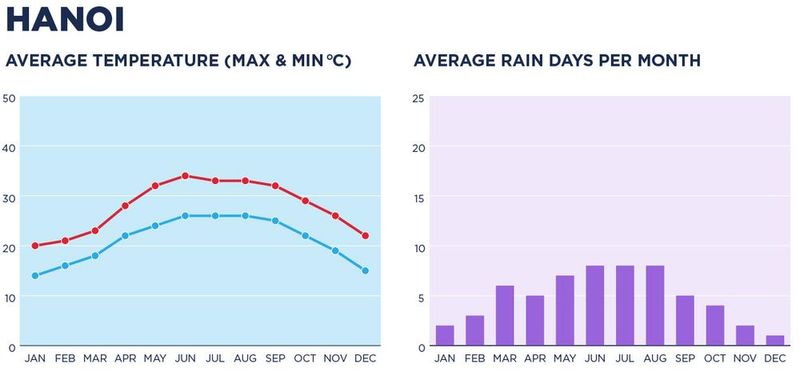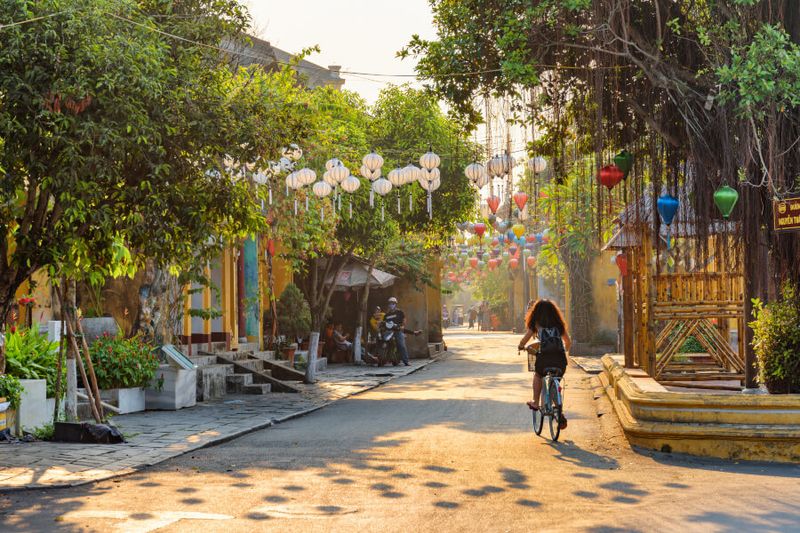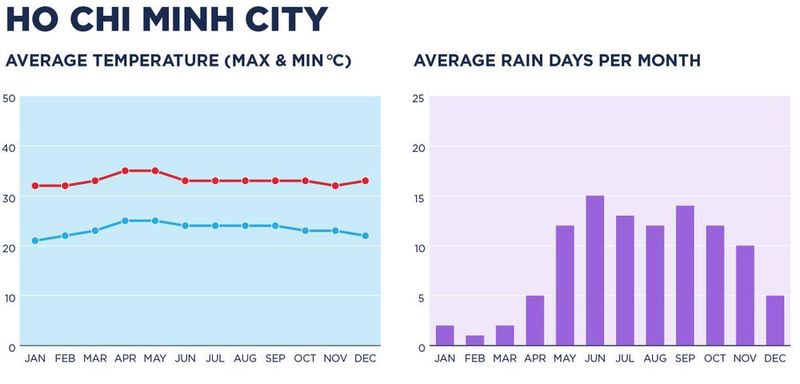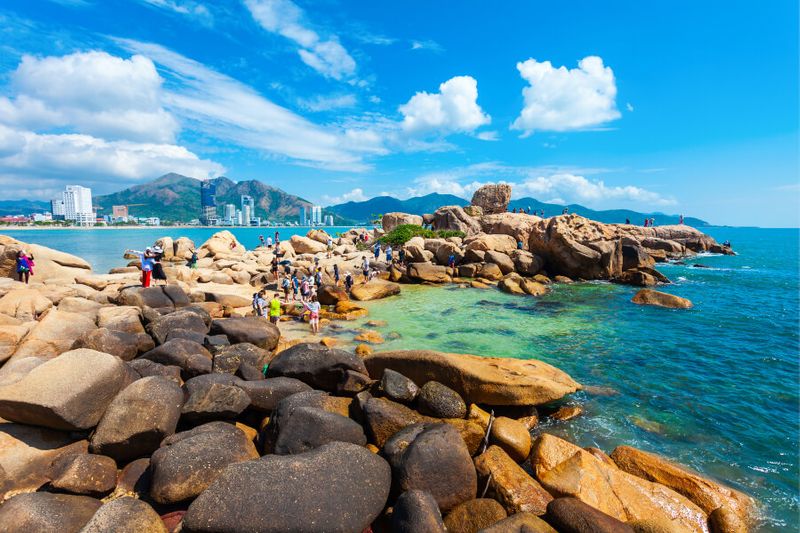Vietnam, a consistently popular Southeast Asian country with plenty to offer travellers, can be a year-round destination. But, when is the best time to go?
Vietnam is over 1600 km long and experiences diverse weather systems between the north, the central coast and the south.
If you are planning on covering a lot of territories, spring, from February to April, is ideal. With the lowest amount of rainfall across the country and pleasant temperatures, you should be able to experience most of Vietnam’s highlights comfortably.
In the north, the spring is warm and dry; conditions are perfect for visiting rice-terraced Sapa, the capital Hanoi, or the magnificent Halong Bay, as the skies are usually clear and the temperatures warm. Sapa averages around 16 degrees celsius at this time of the year, while Halong Bay and Hanoi are a lovely 23 and 24 degrees.
You will also avoid the rains in Hue and Hoi An if you travel in spring. Both will be pleasant and rain-free, with temperatures reaching into the thirties. Ho Chi Minh City, Vietnam's largest, is enjoyable most of the year, but in spring it is dry and hot, with a balmy average of 30 degrees celsius.
Summer brings the monsoon to several areas of Vietnam. In the north, rainfall is at its peak from May to October, and weather is hot and humid.
In Central Vietnam, Hoi An and Nha Trang experience longer dry seasons through to September, so travelling here during summer is hot, but not wet. Down south, the rain falls in Ho Chi Minh City and the Mekong Delta, but often downpours occur in the afternoons, leaving plenty of time for morning exploration. Temperatures can reach the 40's during this time, so tropical showers are usually welcomed.
Autumn, in September and October, is another pleasant time to visit. In the north, Sapa and Halong Bay once again experience warm and dry days with clear skies. Hanoi cools down and dries out during this time, too.
The monsoon hits the Central Coast and southern Nha Trang between August and September, but days are still hot and average 30 degrees celsius.
Although Vietnam is thought of as a perenially warm destination, come winter, some destinations like northern Sapa can reach freezing. Meanwhile, Hanoi and Halong Bay average a cool 17 degrees – perfect for avoiding heat and humidity. The south, however, remains warm with balmy winter temperatures around 28 degrees.
The Vietnamese New Year celebration of Tet falls in late January or early February. Thanks to the grand celebrations that take place, this time is an extremely popular period to travel and guarantees an amazing cultural experience.
Vietnam might seem small but will have something different to offer all over the country.
When will you go?
Where else do you want to visit?




